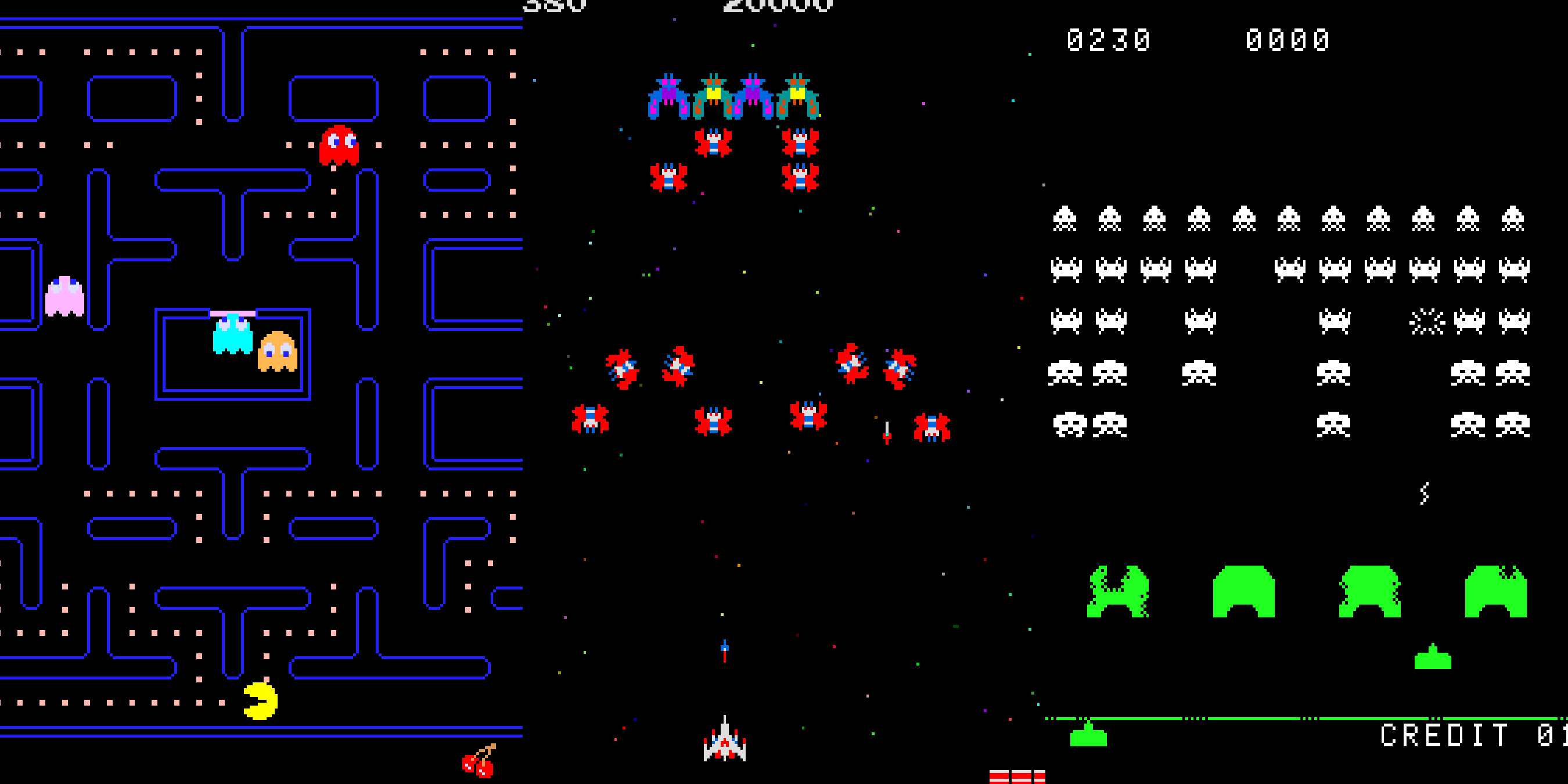Introduction
From the flashing lights of the cabinets to the intoxicating rhythm of button presses, arcade games have held a special place in the hearts of gamers since the 1970s. But what separates a forgettable coin-op from a timeless classic? Why do games like Pac-Man, Defender, or Street Fighter II still command respect decades after their release?
In this deep dive, we explore the design DNA of great arcade games. Drawing from developer interviews, gameplay analysis, and arcade legends, we identify the seven key elements that make an arcade game truly unforgettable.
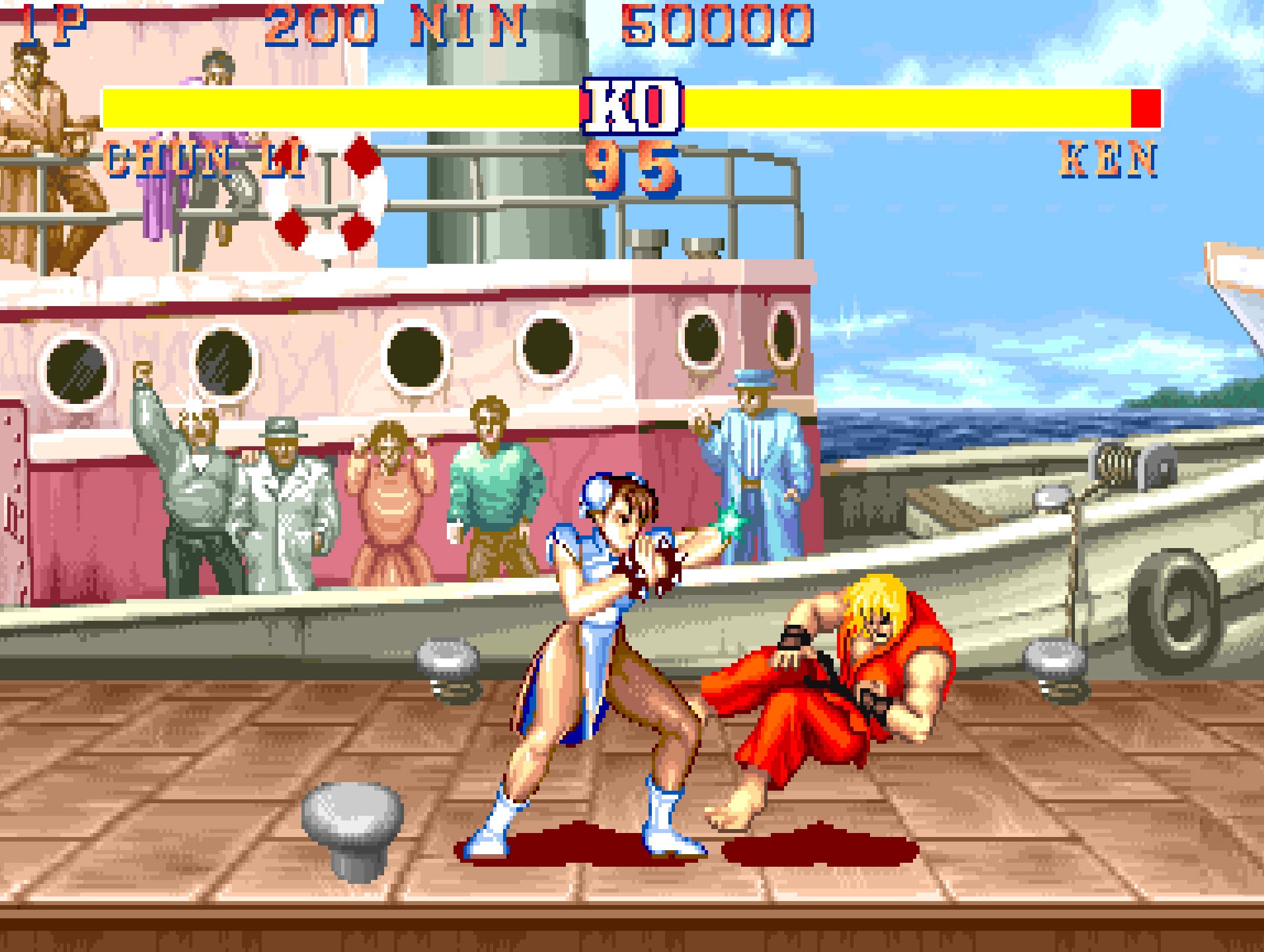
1. Simple to Learn, Hard to Master
The best arcade games greet players with instant clarity. A joystick. A button or two. Immediate feedback. But beneath that simplicity often lies a surprisingly deep system.
Q*bert designer Warren Davis once noted:
"Obviously, a game that can be played for hours on one quarter doesn’t take in as much money... I panicked, thinking if I didn’t take immediate action the game would die a quick death."
Balancing accessibility with depth keeps newcomers engaged while giving experts something to chase.
Lesson: The best games respect the player’s intelligence. They reveal complexity over time.
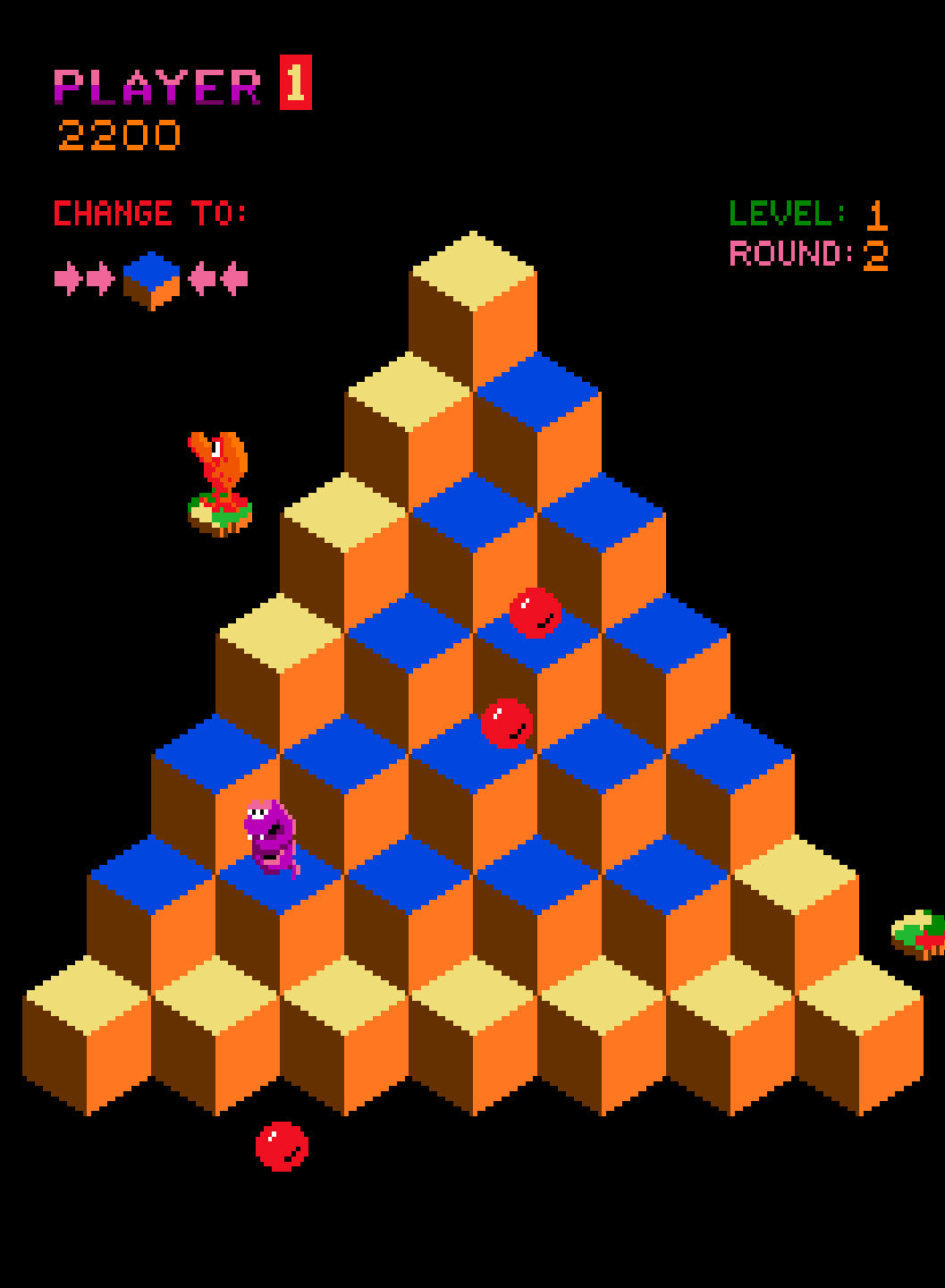
2. Mechanical Mastery and Physical Skill
Arcade greatness isn’t just about design—it’s about feel. The tactile feedback of an 8-way joystick, the snap of buttons under pressure, the flow state of dual-hand control.
Eugene Jarvis, co-creator of Robotron: 2084, captured this perfectly:
"You actually have to be fairly coordinated with both hands... running away from something and shooting in another direction."
The best games demand more than strategy. They require dexterity, reflexes, and nerve.
Defender, with its array of buttons and bidirectional scrolling, was famously difficult. But that complexity made mastery all the more rewarding.
Lesson: Physical input matters. Great arcade games challenge the player, not just the character on screen.
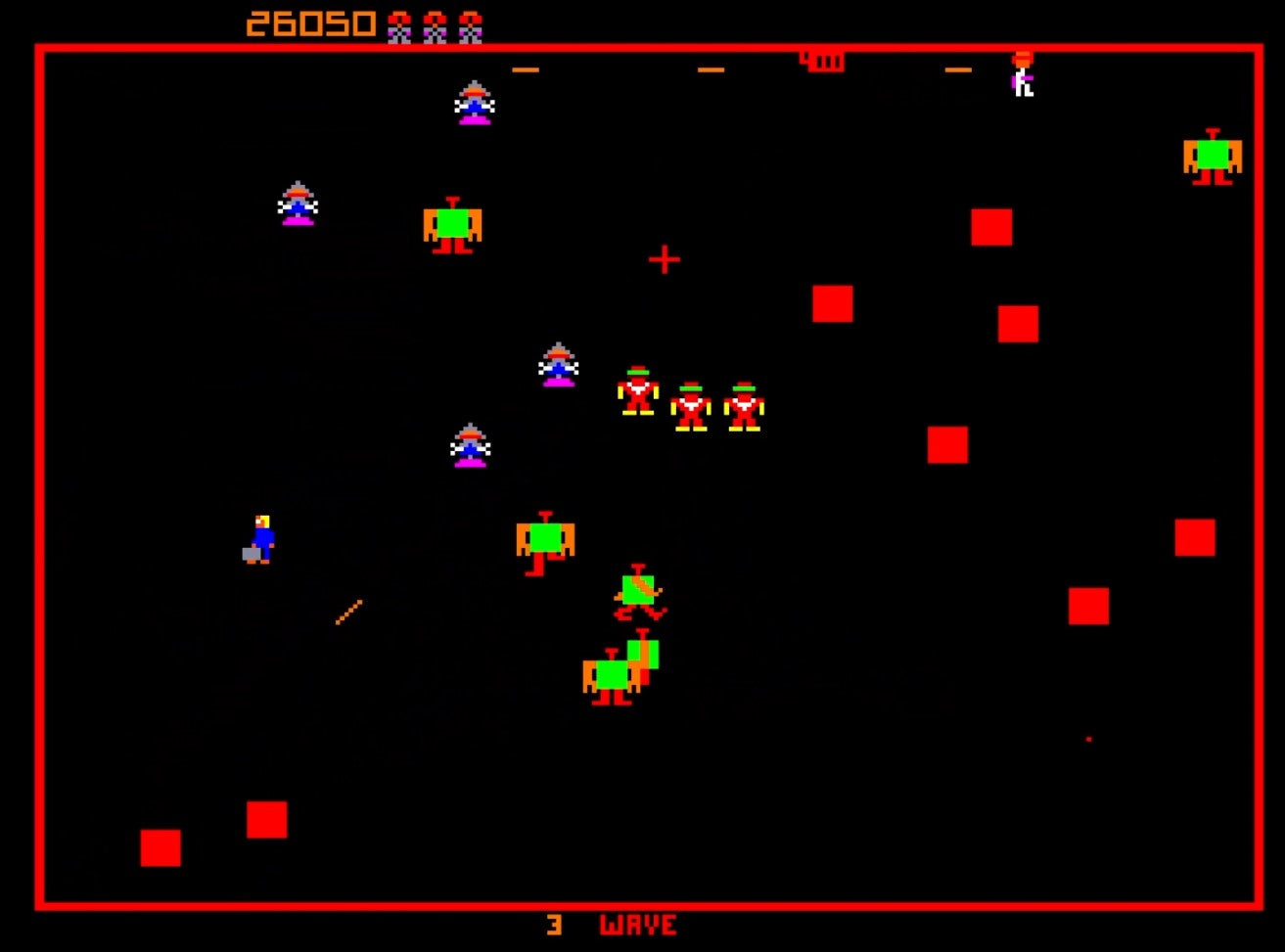
3. Addictive Loops and Pacing
Classic arcade games rely on compelling feedback loops. Kill enemies, earn points, increase difficulty. The tempo must escalate with just the right cadence.
Billy Mitchell, world record holder on Pac-Man and Donkey Kong, described the personal side of this loop:
"Every time I die I wanna know why, and every answer helps me improve for next time. If you don't constantly reflect upon yourself, I don’t know how you would get anywhere."
The best games deliver a constant push-pull of risk and reward. Donkey Kong's rolling barrels. Space Invaders' accelerating enemies. Gradius' power-up system.
Lesson: Create tension, release it, then tighten the screws again.
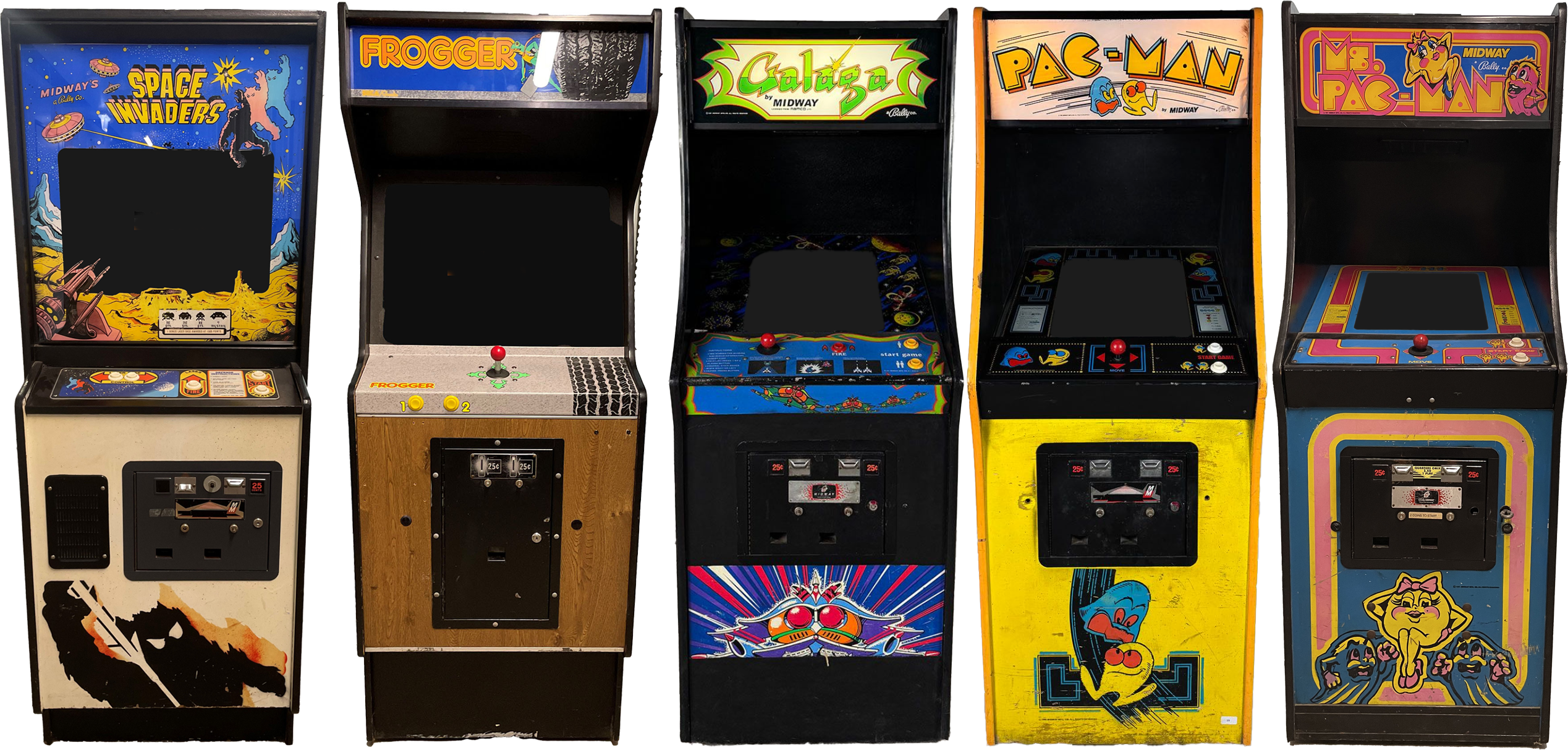
4. Iconic Audio-Visual Identity
Arcade cabinets needed to stand out in a sea of noise and color. Successful games did this with distinctive visuals, memorable characters, and soundtracks that stuck in your head.
When Sinistar's titular boss yelled "I LIVE!" across the arcade floor, it sent shivers down players' spines.
"When the Sinistar appeared, it said 'I live,' which is one of the scariest things you’ve ever heard, especially if it was coming from off the screen somewhere else in the playfield."
— Jamie Lendino, Attract Mode, p. 246
Character-driven games like Ms. Pac-Man and Q*bert built emotional connections through animations and sounds. Even abstract shooters like Asteroids and Tempest used vector visuals to create unique, immersive experiences.
Lesson: Sound and visuals aren't just aesthetic—they're part of the gameplay loop.
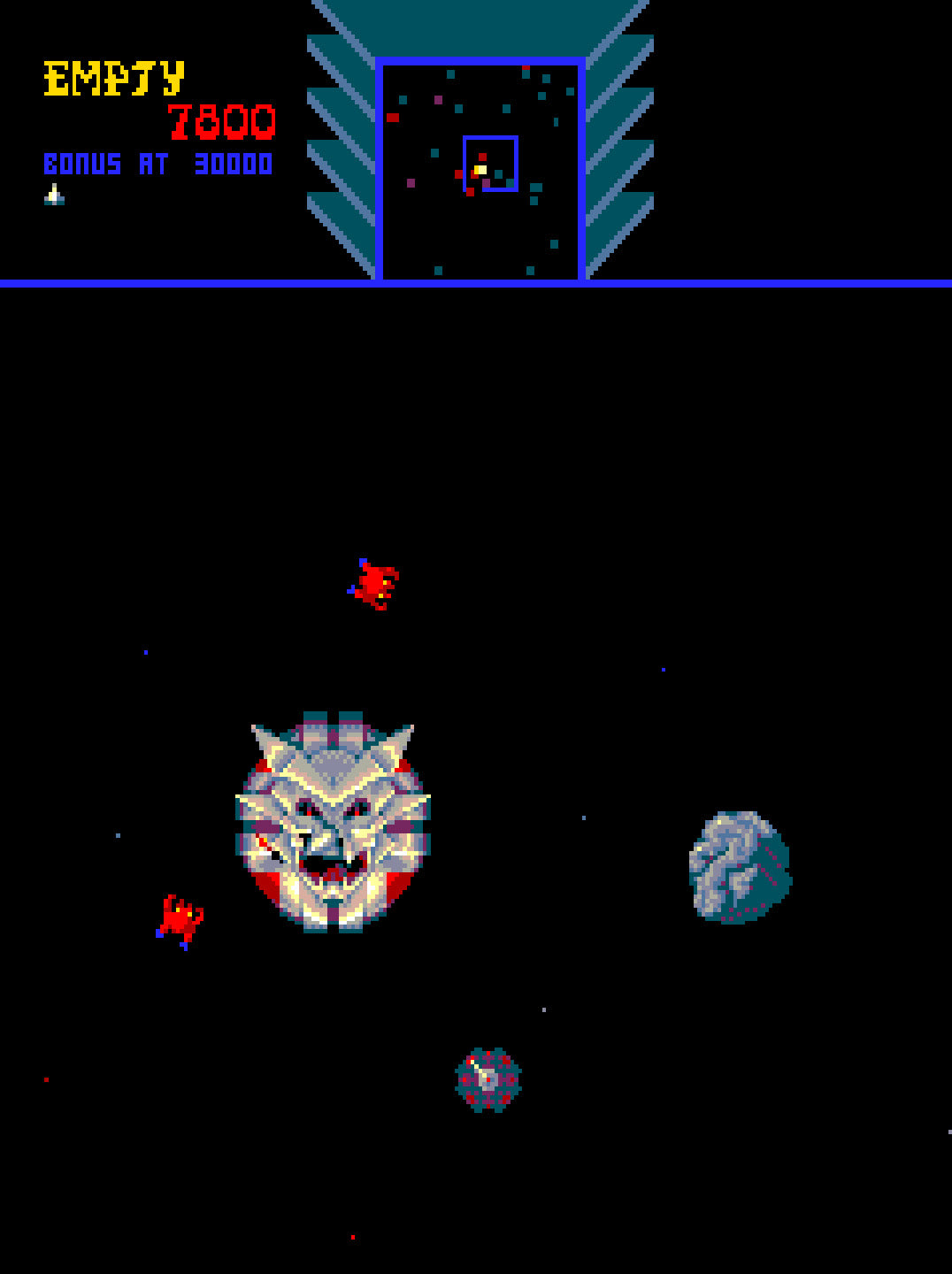
5. Instant Spectacle and Crowd Appeal
Arcade games were public by nature. People watched. Crowds formed. The best games became events.
Mark Turmell, designer of Smash TV, recalled testing the game by flooding it with enemies:
"I just kept turning more, and more, and more just to really exercise and understand the power of the hardware."
The result was sensory overload—a dazzling dance of chaos and carnage. Games like Street Fighter II and NBA Jam turned spectators into participants, sparking cheers and rivalries.
Lesson: Design for the player and the audience.
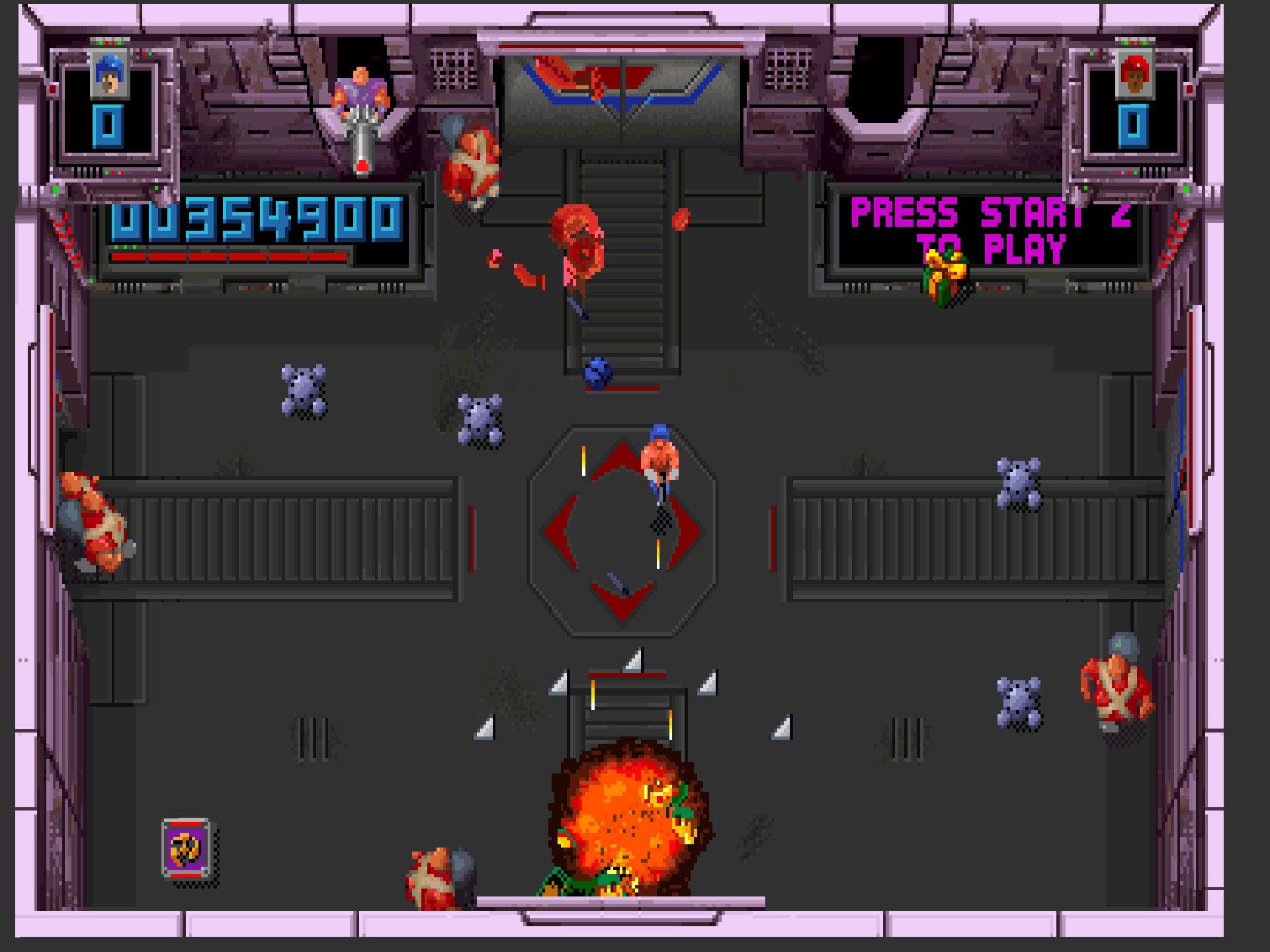
6. Competitive and Cooperative Energy
Whether against the machine or another player, great arcade games harnessed the human drive to compete.
Billy Mitchell explained:
"I enjoy competition and I always had to strive for things that other people hadn’t done. I wanted to make a difference in the world."
Games like Double Dragon introduced co-op play. X-Men and TMNT offered four- and six-player mayhem. Meanwhile, fighting games like Mortal Kombat fed on local rivalries.
Lesson: Victory tastes sweeter when earned next to a friend—or over a rival.
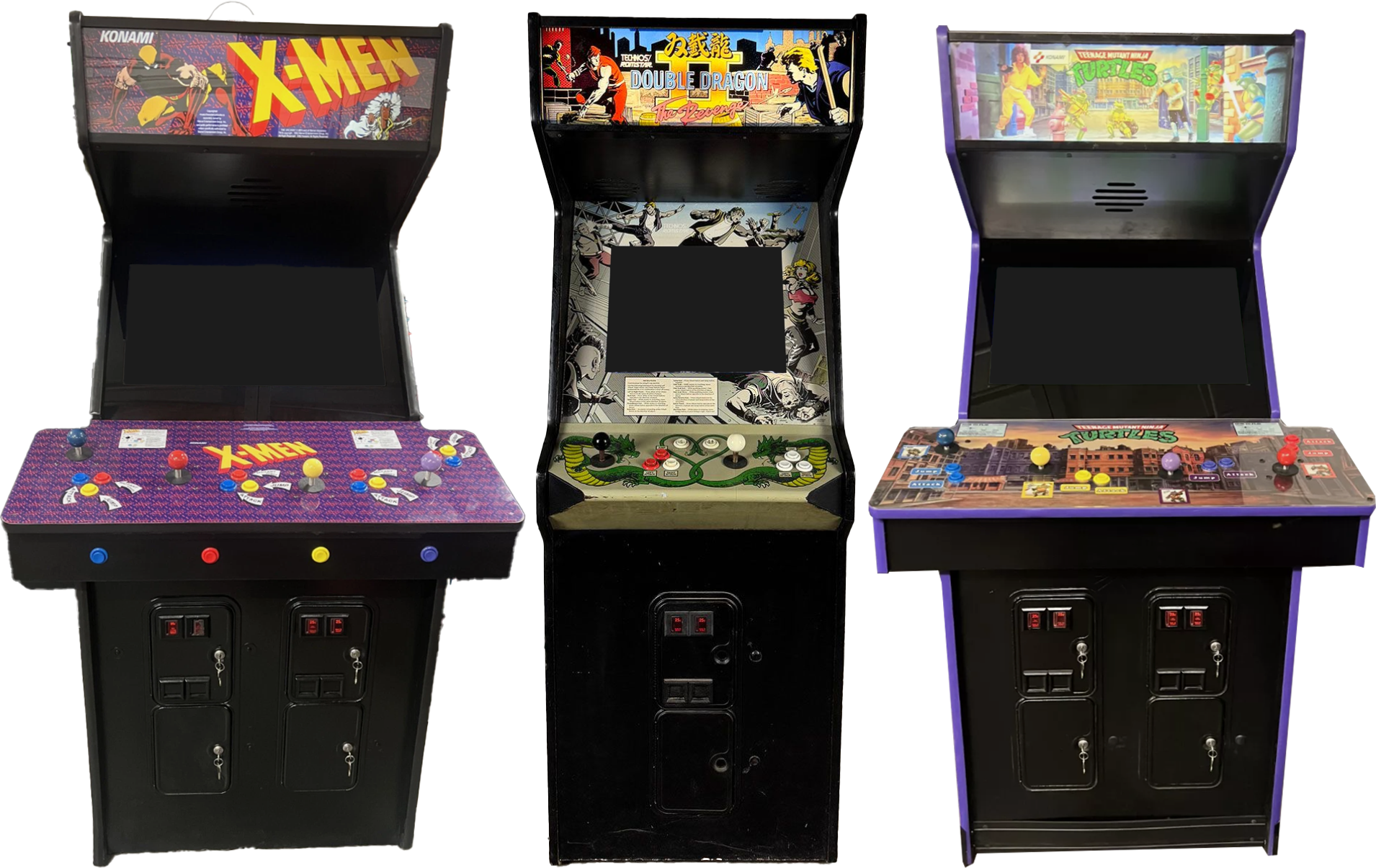
7. Replay Value and Scoring Systems
High scores weren't just numbers—they were status. Leaderboards built community, even if only among locals.
John Newcomer, lead designer of Joust, put it this way:
"Flying resonated with people because it was universally something people wished they could do."
The best games gave players reasons to come back: to fly farther, score higher, last longer. From Frogger to Galaga, the pursuit of perfection was the point.
Lesson: Great arcade games don't end. They loop, escalate, and dare you to do better.
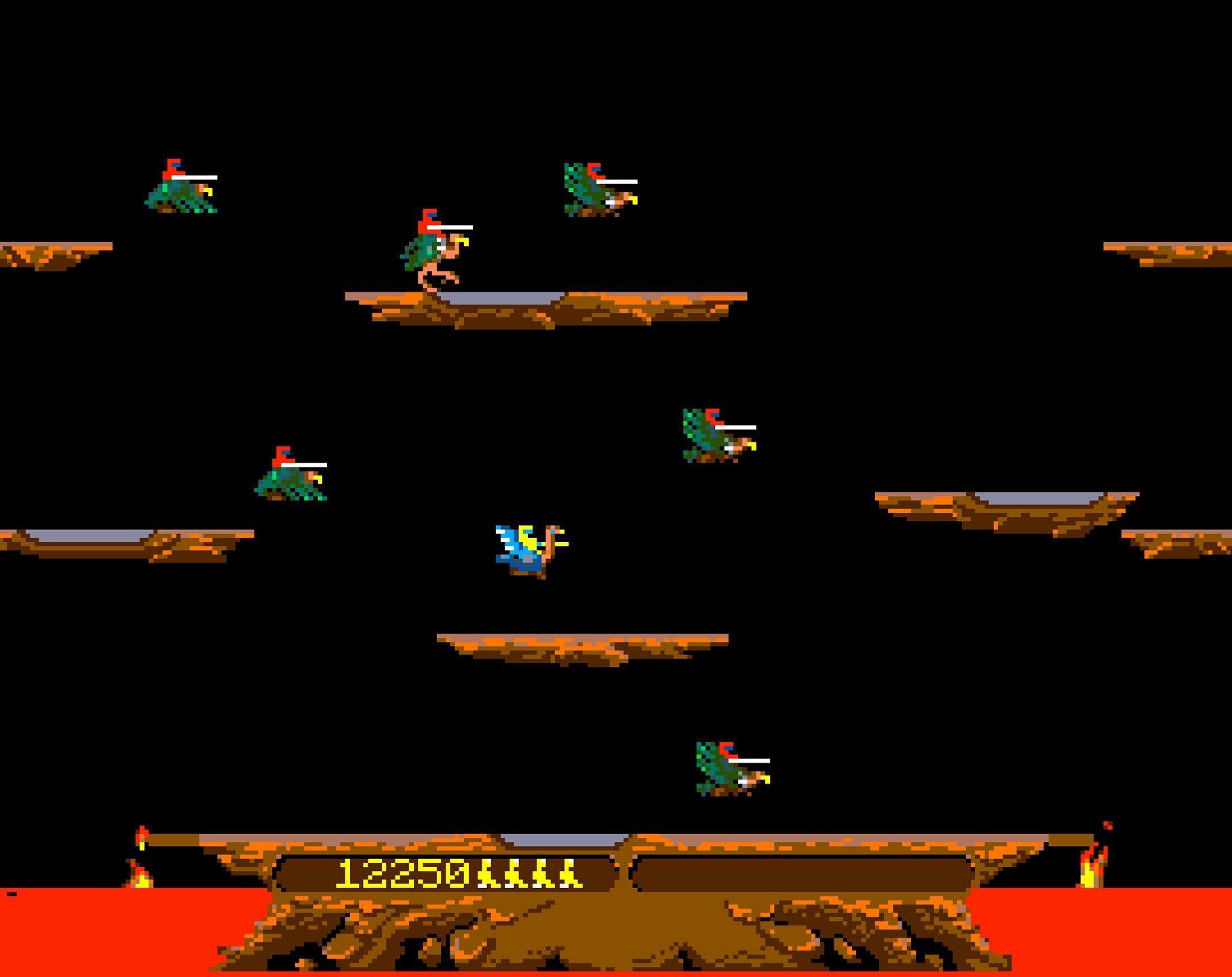
Final Thoughts: The Alchemy of a Classic
There is no single formula for arcade greatness. It is an alchemy of mechanics, spectacle, competition, and culture. But what binds these classics is their respect for the player.
They challenge. They surprise. They reward mastery.
“At the time, big things were just cooler. So we made them big, bold — and unforgettable.”
— Akira Yasuda ("Akiman"), Final Fight designer
In the modern era of gaming, where tutorials run longer than entire arcade campaigns, there's still something electric about stepping up to a cabinet, inserting a coin, and proving yourself.
These are the lessons the greats still teach us. And the spirit of the arcade lives on in every tight, satisfying, endlessly replayable game made today.
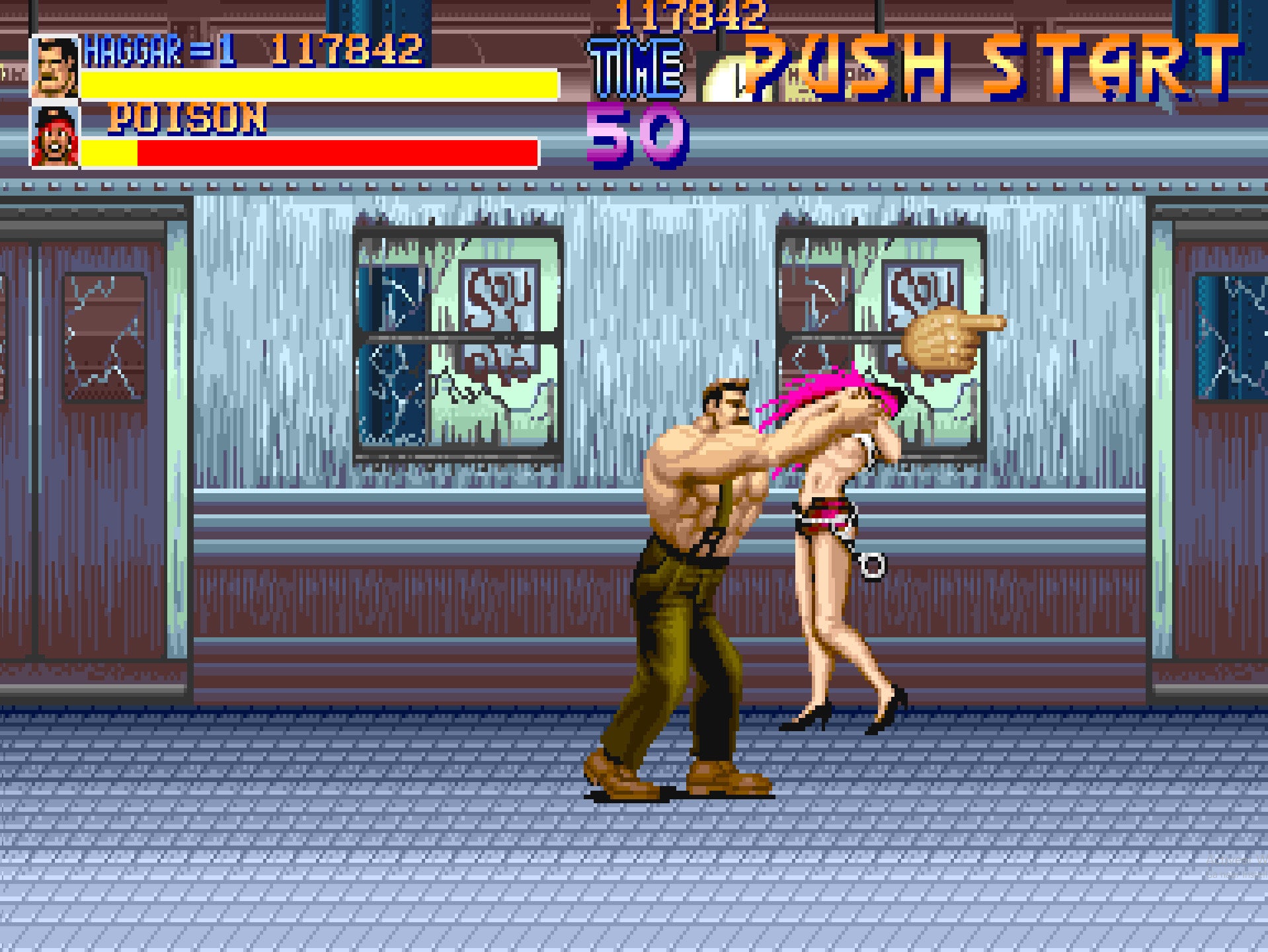
Sources & Further Reading
- Davis, Warren. Creating Q*bert and Other Classic Video Arcade Games. Santa Monica Press, 2021.
- Capcom's Developer Interview
- Kent, Steven L. – The Ultimate History of Video Games
- Interview with Fumihiro Hishikara (original in Japanse)
- Lendino, Jamie – Attract Mode
- From Pinballs to Pixels - Ken Horowitz
- Electronic Games Magazine (Winter Issue 1981), (Issue March 1982) (Issue January 1983), (Issue January 1984)
- The Sun interview with Billy Michell
Related Pages
- Inside the Metal Slug Legacy: The Developers Who Made It a Classic – How a small team at Nazca crafted one of the most iconic run-and-gun series of all time..
- The Complete History of Mortal Kombat Arcade – How a gritty fighter became a pop culture phenomenon.
- Capcom’s 19XX Series: The Complete History – The vertical shooters that defined a generation of arcade firepower.
- The History of Beat ’Em Up Arcade Games – From Double Dragon to Final Fight, here’s how brawlers ruled the late ’80s.
- The Complete History of Space Shooter Arcade Games – The genre that launched arcades into orbit.

